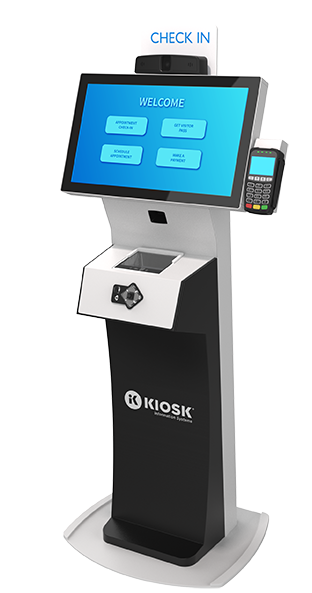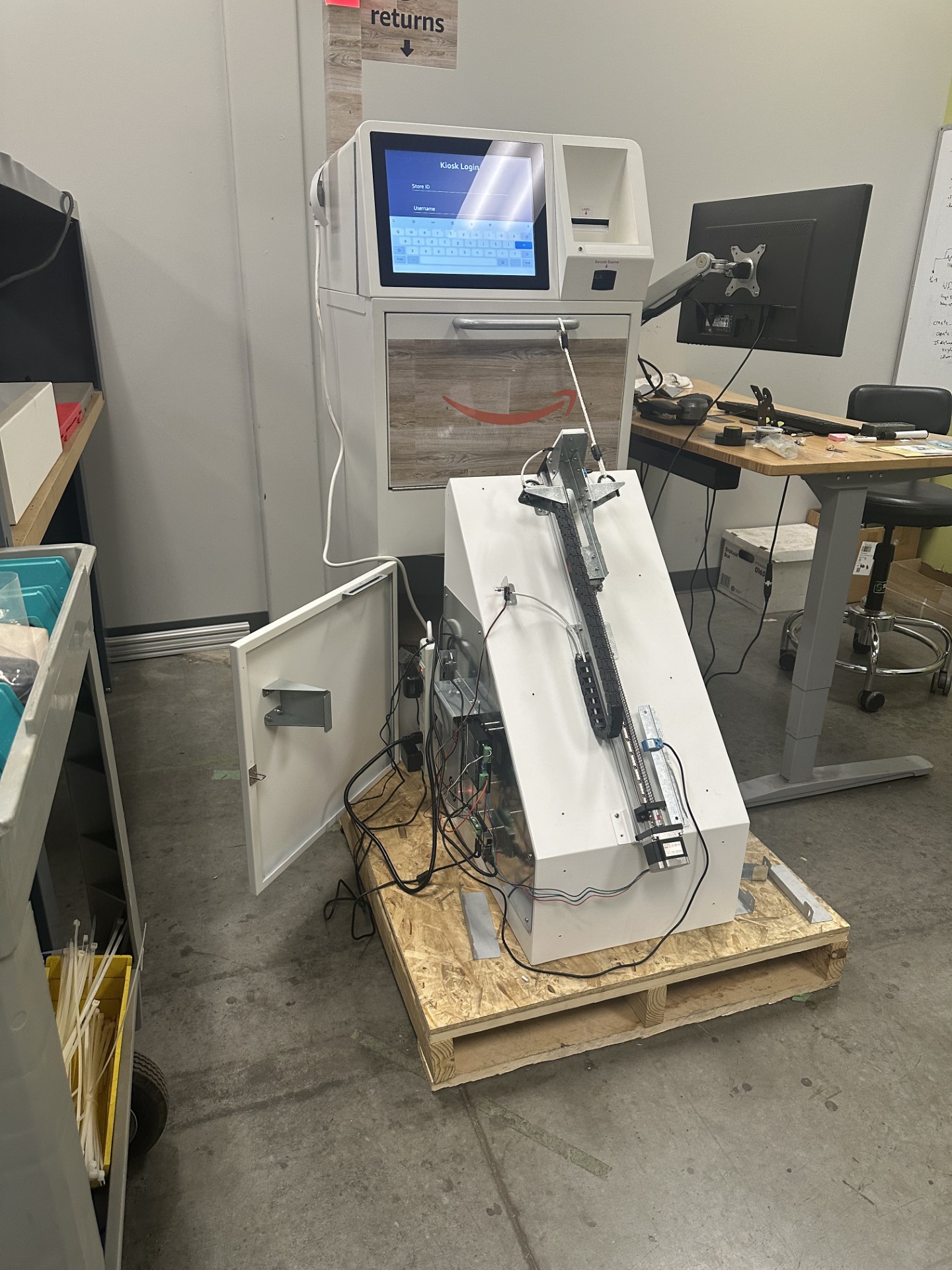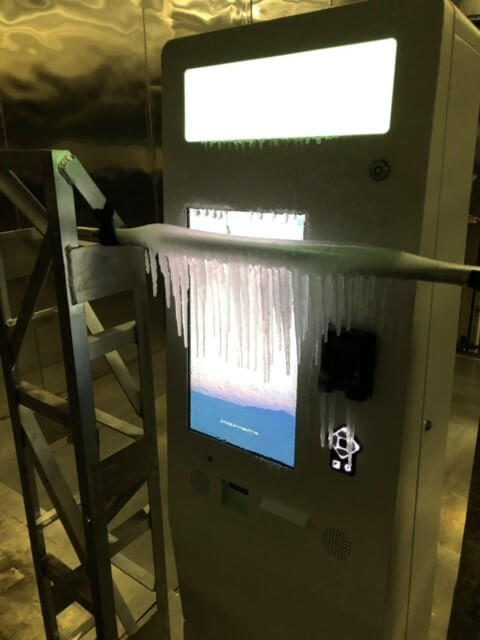Online shopping has exploded in recent years, and reports show the trend will only continue to grow. Ecommerce sales grew 56% between 2019 and 2022, and by 2024 it’s expected that 24% of retail purchases will happen online. This is great news for ecommerce platforms, but brick-and-mortar retailers will need to adapt quickly to remain relevant as online shopping continues to gain market share.
What is O2O Retail Strategy?
Online-to-Offline (O2O) is a business model that draws potential customers from online channels into brick-and-mortar stores. When implementing an O2O strategy, retailers are able to elevate brand awareness, extends point of sale locations, and increase purchases at storefront locations by integrating in-store sales strategies. O2O strategy isn’t a single action or solution, but rather a range of technologies, best practices, and improvements that merge in-store and online shopping channels.
O2O Strategies for Initial Purchases
Most O2O strategies focus on the consumer’s initial purchase. A comprehensive ecommerce platform can drive online sales, but many consumers take the “research online, purchase offline” (ROPO) approach to shopping. Many retailers with a brick-and-mortar presence offer a find in store feature on their websites to encourage ROPO shoppers to make a trip to the store.
Another trend that has grown exponentially, buy online, pickup in store (BOPIS) sales more than doubled in 2020 and are expected to continue to grow through 2024. Also known as click and collect, these options offer consumers the best of both worlds when it comes to shopping experience.
BOPIS shoppers can research and pick out exactly what they want online, without wandering aisles, and stop by the store to pick up their purchase – no waiting three to five business days for shipping required.
Post Purchase O2O Strategies

In the retail world, a customer’s experience with a brand doesn’t end at checkout. The percentage of retail revenue returned is on the rise – up from 10.6% in 2020 to 16.5% in 2022. The return process can heavily influence a customer’s experience and future purchases with a brand, so a flexible return process is crucial to retail success.
Buy online, return in store (BORIS), isn’t a new concept to omnichannel retailers, but innovations in the return process can help drive more traffic to physical store locations.
For the most part, the return process for online purchases hasn’t evolved much beyond traditional in-store returns. While returning online purchases in store may save consumers a few dollars on return shipping costs, the clunky in-store return process can leave customers frustrated by waiting in line.
To modernize the returns process, KIOSK offers an automated, self-service retail returns solutions. Once a returns kiosk strategy is deployed, customers can simply scan a QR code from their mobile device to begin a return, drop the package in the bin, and be on their way. The quick returns process drives in-store foot traffic and gives customers more time to shop. Learn more about the benefits and efficiency of the kiosk return process in this video.
BORIS strategies have been so successful in driving foot traffic, that some brick-and-mortar retailers have begun accepting returns on behalf of online retailers that don’t have a physical store presence.
For example, after Kohl’s started accepting Amazon returns, they received 2 million new visitors in 2020. Amazon subsidiary Whole Foods is also taking advantage of the uptick in foot traffic brought by accepting Amazon returns, and offer self-service Amazon Returns Kiosks in certain locations.
O2O strategies span the entirety of the customer’s journey – from initial product research to post-purchase solutions. As consumers turn to ecommerce channels for convenience, retail stores must adapt to accommodate evolving customer needs.
Contact us if you’re ready to revolutionize your company’s return process and bolster your post-purchase O2O strategy with self-service retail returns kiosks.






